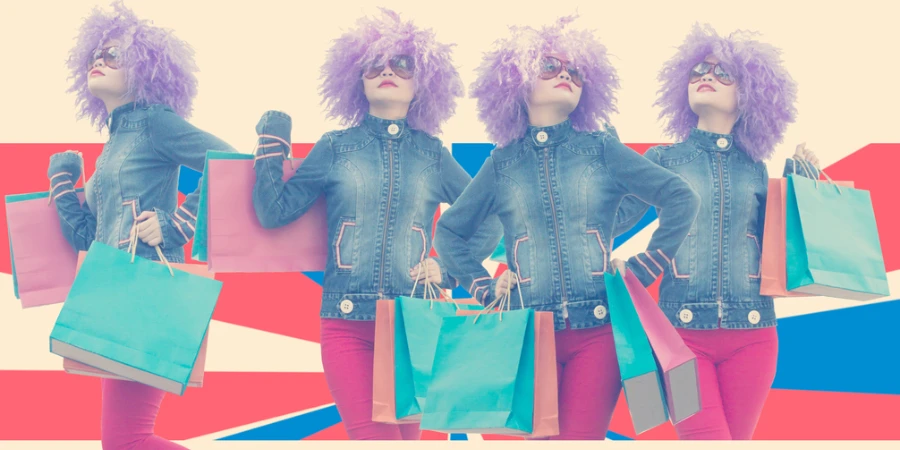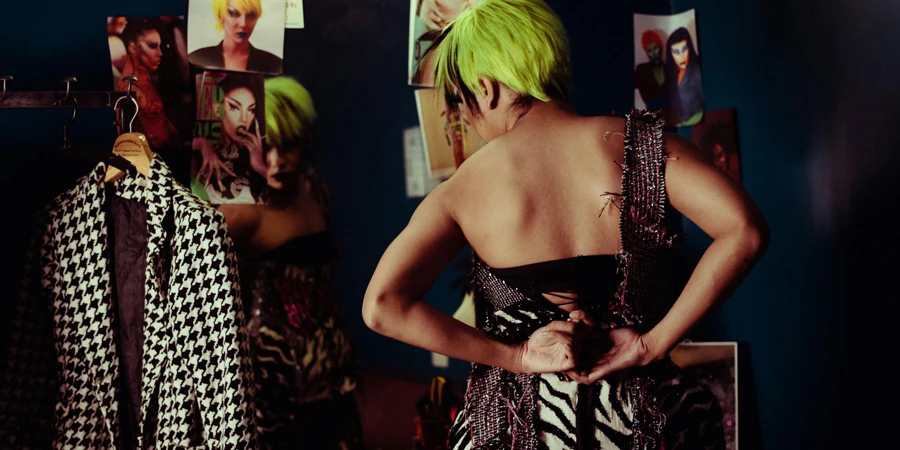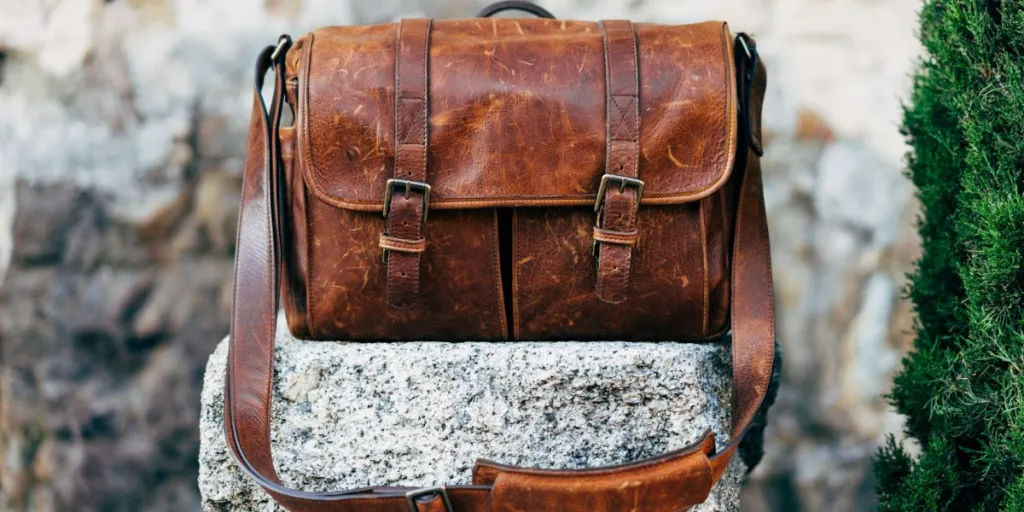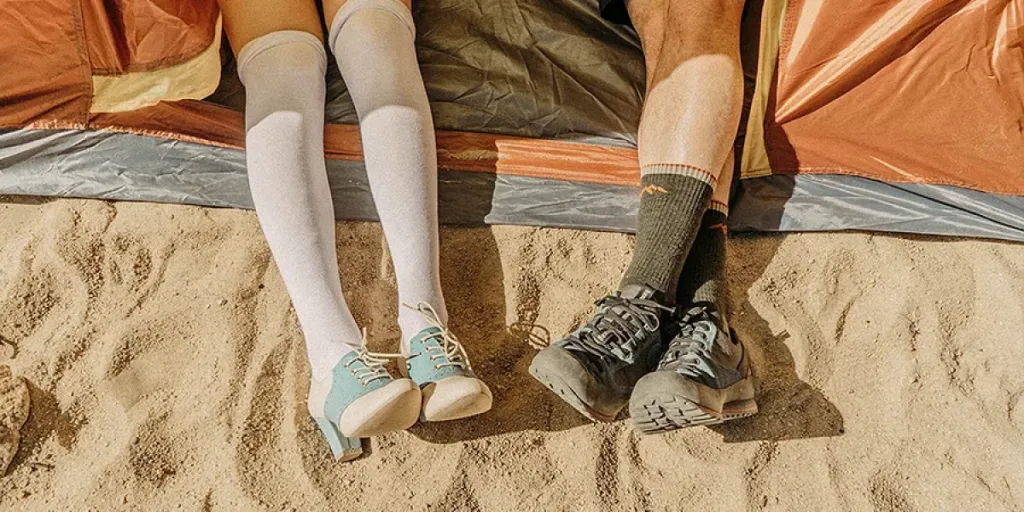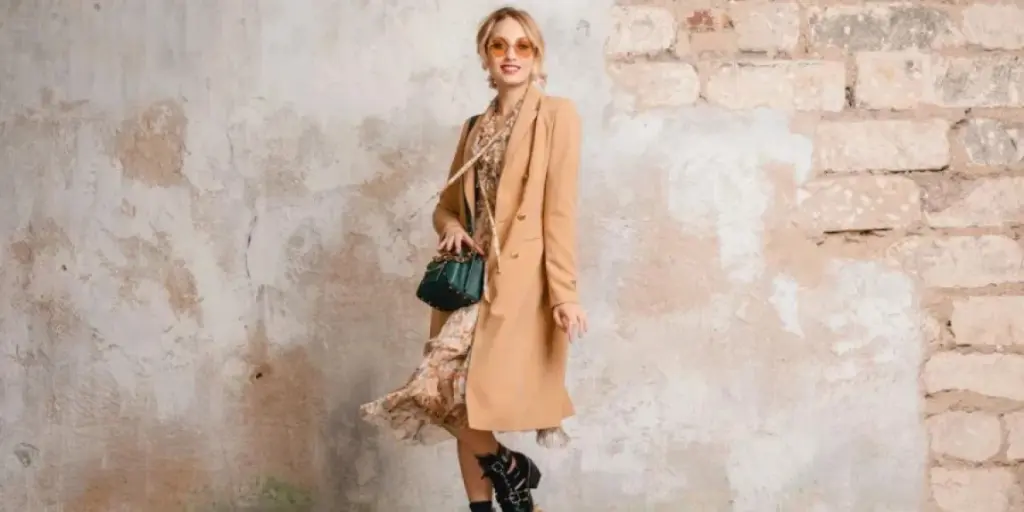Just Style shares the successes and failures across the fashion industry over 2023 and how brands ranging from Zara and H&M to Nike and Shein fared during the year.

Fashion companies during 2023 were hungry for growth and looked to realise those ambitions predominantly through aggressive acquisition sprees, ramping up efforts around sustainability and partnering on digital innovation.
But there were a number of failures along the way including collapsed deals and growing consumer awareness of greenwashing which led to some less than satisfactory results.
The fashion winners versus losers of 2023
Here’s a list of the fashion brands that enjoyed a string of successes during the year as well as the ones that didn’t fare so well.
Next Plc
Undoubtedly, one of the stars of the UK High Street over 2023. Over the past year, Next Plc announced two huge acquisitions, closed a third, and is on track to deliver a year-on-year profit increase for FY23.
During Q3, Next Plc announced a 4% increase in year-on-year sales, double its previous expectation of a 2% rise. Industry onlookers attribute its success to its strong omnichannel offer and range of brands that appeal to a wider spectrum of shoppers.
In recent years, Next Plc has looked to broaden its offering, acquiring several well-known brands including FatFace which it purchased in October in a £115.2m ($147.02m) deal, which was said to position Next Plc to take advantage of strengthening its mid to upper-priced brand offering and would allow FatFace to increase its customer base and bolster its growth potential.
Earlier in the year, Next agreed an £8.5m rescue deal for well-loved British brand Cath Kidston.
It’s also been significantly benefitting from its Total Platfrom which leverages its infrastructure by offering a complete suite of online services to third-party brands; providing services such as websites, marketing, warehousing, distribution networks and contact centres.
Back in April it confirmed the anticipated launch for Joules’ Total Platform site would be in October 2023, an acceleration on the earlier proposed launch of March 2024. Joules was acquired out of administration after Next Plc confirmed it had partnered with Tom Joule in a deal worth £34m in December last year.
Frasers Group
2023 has been a busy old year for Frasers Group which – like in previous years – continued its aggressive acquisition spree.
A gradual share purchase over the year means it is now the largest single shareholder of UK online fashion retailer Boohoo. Industry experts suggest it is in a great position to take advantage of the UK online apparel market, which is set to grow over the next three years.
Frasers Group is spreading its bets when it comes to online fast fashion brand investments. It purchased I Saw it First from Boohoo in July 2022 and Missguided last June, which it purchased for £20m after the online retailer went into administration.
This year has also seen Frasers Group purchase shares in online fashion giant Asos with the company increasing its stake from 5% to 7.5% in June 2023 and then again in October to 22.7%
In July Frasers Group announced a record doubling of FY23 profits.
However, earlier this month (December) it abandoned plans to acquire sports retailer SportScheck following the company’s insolvency but maintains interest in a potential buyout.
Frasers Group hoped SportScheck would benefit from its Elevation Strategy, which includes investments in concept stores, digital capabilities and strengthened brand relationships. Frasers Group also believed the retailer could use its Sports Direct brand’s strategic partnerships with global sports brands such as NIKE and Adidas to assist in its international expansion strategy.
Shein
We like to think of it as the “marmite” of the fashion world: you’ll either love it or hate it. But Shein has had a corker of a year.
Global consulting company Mckinsey & Co. believes fast fashion will continue to gain market share in 2024 and will be led by the likes of Shein and Temu “third-generation, ultra-fast, ultra-low priced” players. 40% of US consumers and 26% of UK consumers have shopped at Shein or Temu in the past 12 months.
Speculation is rife Shein is about to launch an IPO in the US as part of its ambitious plan to extend its global footprint.
It appears to be exploring various routes to the US market and in August announced a deal to acquire a third of Forever 21’s US operator SPARC Group.
Under the terms of the deal, SPARC group will take a minority stake in Shein. The partnership aims to leverage Shein’s e-commerce platform to give US customers greater access to high-quality, affordable fashion.
And, in a bid to further accelerate its growth in western markets, it acquired the IP rights to UK fast fashion pureplay from Frasers Group in October.
But as it turns out Shein isn’t everyone’s cup of tea.
Climate concerns have cast shadows over its success.
But according to market analysis company GlobalData, the speculation has done little to dent Shein’s popularity.
Its market share is expected to reach 2.2% in 2023 and it will sit alongside the UK’s top 10 largest fashion retailers in 2023.
And earlier this month (December) it was said to be weighing options for a potential listing on the London Stock Exchange.
Authentic Brands Group
We’re going to go bold here and coin it the US’ answer to the Frasers Group. In the past year, Authentic Brands Group (Authentic) has ramped up its acquisitions to cement its success in the US and grow its presence overseas.
With a portfolio of over 40 iconic brands, Authentic is said to generate more than $25bn in global annual retail sales.
In March, the Reebok and Ted Baker owner expressed interest in acquiring the Hunter boot brand, which it finalised in June. It then struck a deal later in the year with the owner of Gap China, Baozun, to acquire a 51% equity interest that would see Baozun responsible for Hunter’s expansion across China and Southeast Asia.
In the interim, it confirmed a deal to acquire Boardriders, a global action sports and lifestyle company which strategically expanded its portfolio of world-renowned superbrands with the addition of Quiksilver, Billabong, Roxy, DC Shoes, RVCA, Element, VonZipper and Honolua.
Around the same time it struck a deal with Vince Holdings to acquire the Vince brand intellectual property, a $76.5m deal, which gave it a 75% stake in the newly formed subsidiary, ABG Vince.
Then in July it announced a rescue deal for US bootmaker, Rockport followed by securing a $500m investment to aid the expansion of its brand platform. General Atlantic initially invested six years ago. Since then, Authentic executed nearly 30 brand acquisitions.
Last month speculation surfaced that Authentic Brands Group is weighing a bid for once-adored UK High Street fashion brand Topshop.
ASOS acquired the Topshop brand together with Miss Selfridge and HIIT brands for a cash consideration of $321m in 2021 following the collapse of Phillip Green’s UK High Street Empire, Arcadia. The deal formed part of a joint venture (JV) with Nordstrom and Asos wanted the JV to boost awareness and engagement in the US and Canadian markets. But Asos has run into turbulent times recently and it has not done much with the Topshop brand.
Industry experts believe consideration to sell off the brand to Authentic is a likely attempt to recover profitability but agree the brand could thrive under Authentic’s ownership, especially if it decides to open physical Topshop stores.
JD Sports
JD Sports had its eyes set on global domination and at the start of the year announced bold ambitions to hit £1bn in revenues under global expansion plans.
As part of JD’s Capital Market Event, the group said it plans to accelerate store openings in the US and Europe, extend its footprint in underpenetrated markets and expand internationally through franchising and acquisition.
In May it put its money where its mouth is and announced the acquisition of French sports brand Courir in a €520m deal. Courir has 313 stores across six countries in Europe.
Then in July, JD Sports agreed a deal with Dubai-headquartered wellbeing company GMG that aimed to expand its presence in untapped markets.
As part of the 10-year agreement, GMG will establish approximately 50 JD Sports stores by 2028, primarily in the United Arab Emirates, the Kingdom of Saudi Arabia, Kuwait, and Egypt.
JD Sports told Just Style at the time that it planned to further leverage franchise agreements in future to rapidly grow its geographical footprint.
Then in July, it moved to take full control of Spanish sports retail company Iberian Sports Retail (ISRG). ISRG operates a vast network of over 460 stores across Europe, including well-established brands such as JD Sports in Iberia, Sprinter in Spain, Sport Zone in Portugal, and Aktiesport and Perry Sport in the Netherlands. Additionally, ISRG has a 98% stake in Deporvillage, a thriving online business, and a 50.1% holding in Bodytone, a prominent fitness equipment company.
It followed this with the acquisition of the remaining 40% in Polish retailer Marketing Investment Group S.A (MIG) to accelerate its expansion across Central and Eastern Europe.
Inditex
It’s not just acquisitions that have fuelled growth across the fashion sector in 2023. Zara, Bershka and Pull&Bear’s owner, Inditex, has enjoyed a year of steady success, and a lot of that can be attributed to strides in sustainability.
Early on in the year Inditex booked a 17.5% jump in revenues to €32.6bn. Earnings Before Interest and Tax (EBIT) grew 29% to €5.5bn. Net income rose 27% to €4.1bn.
Sharing Inditex’s strategic update CEO Óscar García Maceiras said: “Inditex continues to focus on four key areas: A unique product proposition, enhancing the customer experience, sustainability and the talent and commitment of our people. Over 2022, we have seen solid progress of our unique business model. To advance to the next level and extend our differentiation further, we are developing a number of initiatives in key areas in coming years.”
It has been steadily introducing sustainable measures in its production and brand collections to win over eco-conscious consumers.
In March Inditex signed a €15m agreement with non-profit Conservation International to expand and scale work around regenerative agricultural systems.
While in April it announced a collection under its Zara brand made by breaking down blends of polyester and cotton into new recycled raw materials.
It was the result of an investment by Inditex into Circ last year as part of its Sustainability Innovation Hub (SIH), which aims to boost technological innovation and improve product circularity.
In June Inditex joined forces with textile technology firm Jeanologia to develop an industrial air system, designed to extract microfibres during the initial process of garment fabrication without compromising on quality and the two said the technology would be open-sourced to mitigate microfibre shedding. The companies believe it is another step closer towards a circular industry with zero waste.
Then in October it announced a framework agreement with the International Apparel Federation aimed at driving sustainable transformation across the global fashion and textile industry.
The announcement was followed by another that month of Inditex entering a three-year partnership with material science company Ambercycle, to purchase textile-to-textile recycled polyester cycora for more than €70m.
Under the partnership, Inditex committed to facilitating the expansion of textile-to-textile recycled polyester by purchasing a substantial portion of Ambercycle’s annual production of cycora, an innovative material derived from post-industrial and post-consumer polyester waste.
Less than a week later it announced it was acquiring the first available 2,000 tonnes of Circulose, which is obtained entirely from recycled cotton textile waste, to drive its commitment of only using textile raw materials and lowering its impact on the environment by 2030.
H&M
Sustainability has undoubtedly remained a buzzword through 2023. The difference this year is consumers have become increasingly sceptical over the use of the term. Generally speaking, there have been lots of instances where the word has been used to describe new collections or menial, throwaway – excuse the pun – efforts by brands, which in the grand scheme of things, make little to no difference. Has sustainability simply become a checkbox exercise?
H&M was one of the brands that came under fire last summer over what were deemed to be “misleading environmental claims”.
The allegations from Norway’s consumer watchdog opened a can of worms leading to the eventual review of the Sustainable Apparel Coalition’s consumer-facing transparency programme, the Higg Index, several changes and an entire rebranding which aimed to support companies in their efforts to prove their sustainability credentials.
Despite the backlash, H&M remains undeterred in its sustainability ambitions.
At the start of the year, and in line with its ambition of sourcing only renewable energy by 2030, it announced the completion of its collaborative project, which includes two new power stations in Leicestershire.
Then H&M announced its CEO, Helene Helmersson, was joining Fashion Pact as co-chair to scale action around climate change, biodiversity and oceans.
In July its COS brand joined a recommerce circular model trial and the following month H&M announced a partnership with thredUP in a bid to pressure the US Environmental Protection Agency (EPA) to tackle US textile waste.
More recently it issued a sale of its green bond to improve its sustainability standing. A €500m eight-year plan under H&M’s EMTN (Euro Medium Term Note) programme will follow the sale with the funds being allocated towards eligible projects related to circular economy, green buildings, renewable energy, energy efficiency and sustainable water management and wastewater management. H&M says the bond was more than 3.5 times oversubscribed.
It has also announced a partnership with Southeast Asia’s bank DBS in what it described as a “first of its kind” green loan programme to accelerate the decarbonisation of fashion supply chains.
Of course the year hasn’t been completely without challenges and H&M was called out over its sourcing position in Myanmar which led to the eventual announcement of a phased exit from the country on due diligence concerns.
Interestingly, it became one of the first global brands to support factory owners by pledging higher wages to workers in Bangladesh following the recent rise of minimum wages across the country.
Nike
2023 has been a mixed bag for Nike. On the one hand, it has enjoyed the spotlight being named the most valuable fashion brand once again in 2023, while on the other it is plagued with dwindling sales and concerns surrounding ethical violations in its supply chain.
Earlier this month, investors were said to be “concerned” as Nike’s market value sank 19.2% resulting in a $32bn loss in market value in Q3. This was impacted by weak Q3 earnings and a gloomy Q4 outlook, as well as the slow-recovering Chinese footwear segment, also its second major market, observed GlobalData.
Nike has also found itself in hot water with its shareholders on human rights violations in its supply chain and it was accused of breaching OECD Guidelines with regards to the treatment of workers in its global supply chain following the pandemic.
Meanwhile, Nike has ramped up its efforts around sustainability and digital investments. It is leading the way in terms of recycled fibre patents, according to GlobalData analytics.
In the summer it partnered with Vibram to bring the rubber sole manufacturer’s technology and exclusive sole design into its trail racing footwear offering. And it debuted a new adaptive, breathable apparel technology, Aerogami, which transforms in real time to keep runners cool.
While in April it leveraged data from its Nike Run Club app to design Motiva, a new shoe based on the unique needs of people who walk, run and jog.
On the sustainability front, Nike joined the SAC and Target last month (November) on the development of a manufacturer climate action programme targeting decarbonisation.
And, in what is being called an industry first, leading corporate energy customers, including Nike, came together to launch the Clean Energy Procurement Academy to equip companies with the technical readiness to explore and adopt clean energy, an essential factor in global decarbonisation.
Source from Just Style
Disclaimer: The information set forth above is provided by just-style.com independently of Alibaba.com. Alibaba.com makes no representation and warranties as to the quality and reliability of the seller and products.
